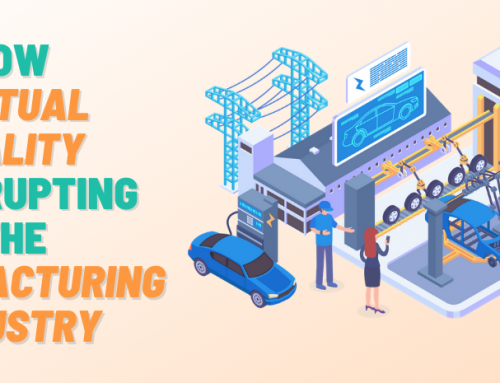
When some technology is novel it takes quite a while for it to disseminate and users to accept it. Virtual Reality is no exception, as a logical continuation of technological development we faced with predecessor technologies that have skyrocketed in use and impacting our lives: World Wide Web, mobile phones, video gaming industry, social networks, best 3D graphics are now in synergy with the upcoming, next best thing: VR headsets that are here to stay.
During the first two decades of the 21st century we have seen ‘‘major, rapid advancement in the development of virtual reality. Computer technology, especially small and powerful mobile technologies, have exploded while prices are constantly driven down.’’
As a result, the rise of smart phones with high-density displays and 3D graphics capabilities has enabled a generation of lightweight and practical virtual reality devices. The video game industry has continued to drive the development of consumer virtual reality unabated. Depth sensing cameras sensor suites, motion controllers and natural human interfaces are already a part of daily human computing tasks.
Let us now look at some of the best hidden secrets and Virtual Reality trivia from the website Software focus and other resources.
Over 500,000 children in the UK classroom have experienced wonders of learning through Virtual Reality. Google’s Expeditions app now contains more than 500 virtual reality destinations, including outer space, lands of the dinosaurs, a Viking campfire and even a trip inside the human circulatory system. To date they have reached more than one million children in schools worldwide.
“You might get a worksheet on dinosaurs, which the child has filled in, then they use a tablet to activate the code and a 3D virtual T-rex might pop up, plus a video showing bones being unearthed by palaeontologists and maybe a teacher’s podcast,” says Sanjesh Sharma, former teacher and education technology (edtech) tutor at New Ways to Learn. Likewise, NASA and HoloLens have created the VR project that will allow people to walk on Mars.
Speaking of younger generation, some stunning VR successes happened at a very early age. Palmer Luckey has built his first VR headsets when he was 16 years old. At age 22 he sold his company to Facebook for 2 billion USD.
Now because Facebook made VR extremely interesting and desirable thanks to its purchase of Oculus, other VR companies started to look at VR as the next best things and to compete for the market share.
Another well kept secret is Facebook’s stance towards Virtual Reality. “The strategy for Facebook is to make the onboarding to VR as easy and inexpensive as possible,” said Brian Blau, an analyst with the Gartner research company. “And $199 is an inexpensive entry for a lot of people who are just starting out in VR. The problem is you will be spending that money on a device that only does VR and nothing else.”
The Oculus Go will straddle the market between the Rift and the Samsung Gear, a $129 headset that runs on some of Samsung’s higher-priced phones. It will be able to run the same VR as the Samsung Gear, leading Blau to conclude the Go will rely on the same Android operating system as the Gear and probably include similar processors as Samsung phones.
The Gear competes against other headsets, such as Google’s $99 Daydream View, that require a smartphone. Google is also working on a stand-alone headset that won’t require a phone, but the company hasn’t specified when that device will be released or how much it will cost.
And what do you think about the quality of images and videos inside VR content? Does this take into account people’s readiness to adopt this technology?
So far there is no solution for haptic sensing in VR. What may be peculiar but it is actually amazing is the effect of high quality images on our perception.
Actually, high resolution images erase the line between the virtual reality and the real world which may make some users sick.
If we look back into past, the earliest VR headset was brought to our civilization thanks to Ivan Sutherland and his student Bob Sproull in 1968. This team created the first VR / AR head mounted display called literally Sword of Damocles because of the way it was set up.
This headset was connected to a computer and not a camera. It was a large and scary looking contraption that was too heavy for any user to comfortably wear and was suspended from the ceiling. The user would also need to be strapped into the device. The computer generated graphics were very primitive wireframe rooms and objects.
Not so long ago the generations of avid gamers played Nintendo’s VR game console. The gadget was released in the 1990s by the name Nintendo Boy. Fast forward to date and PlayStation VR headset nowadays is available and compatible with PlayStation 4.
As this process continues we will start to see the industry carve out the space or spaces it is meant to take up, whatever they may be. One thing is for sure, this time VR is here to stay.
ARVRtech continues to work with its existing and future clients on implementing VR in learning, as well as gamification elements in education; one of our most beloved solution so far being AR Treasure Hunt.
In our business processes,we drive on our decades of expertise, so we can discuss particular client’s needs and offer solutions which can fit any budget. Please get in touch to find out more.


